So you have yourself a nice piece of land, with ample sunshine and adequate rainfall. And you’re finally ready to plant some bamboo. But not just any bamboo. Not the Little League stuff. You’ve got the space for it, and you want to grow Giant Bamboo! But which species is that exactly? And will it grow well enough in your climate?
The term “Giant Bamboo” is a somewhat generic name for a host of timber bamboo of several different species. Most of these giant bamboos belong to one of the following genera: Bambusa, Dendrocalamus, Gigantochloa, Guadua or Phyllostachys. As timber bamboos, they will typically grow anywhere from 50 to 100 feet tall, with mature culms at least 4-5 inches, and sometimes more than 10 inches in diameter. That’s how big they get in their native habitat. But your results will vary, depending where you live and which species you are growing.
In the following article, we’ll consider the appeal of giant bamboo, and we’ll examine several of the most popular species commonly referred to as giant bamboo. Many of them come from tropical or subtropical climates, but even if you live in a more temperate zone, there’s probably some type of giant bamboo that will do well in your area.
NOTE: This article first appeared in November 2020, most recently updated in May 2024.
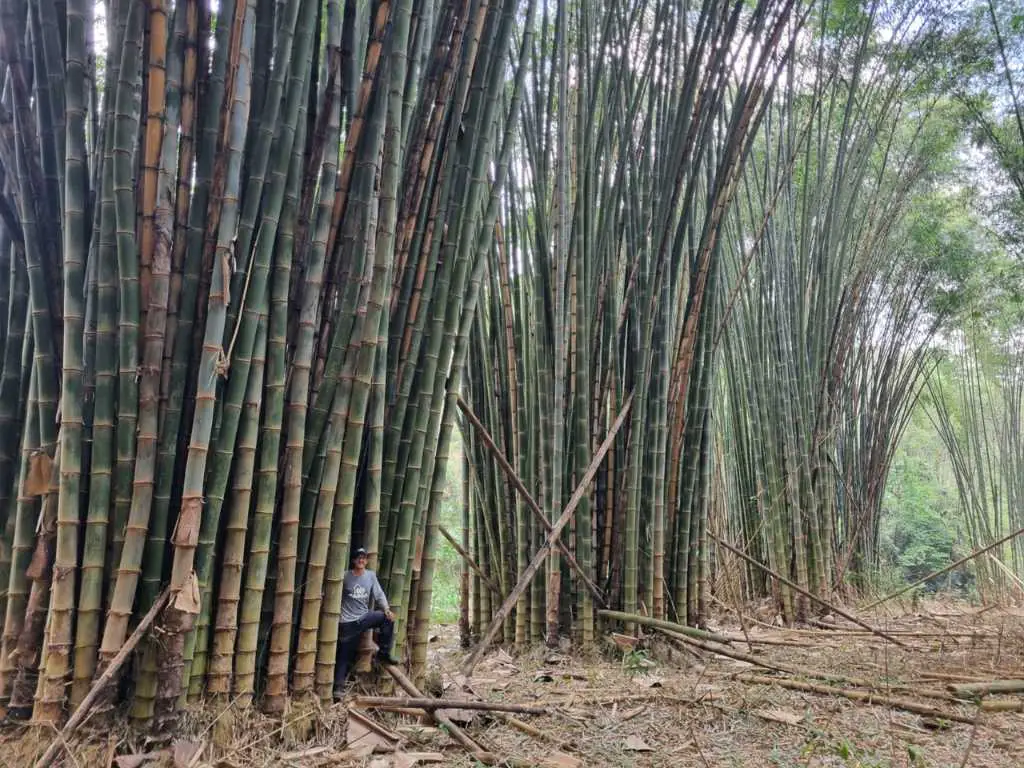
Classification and Characteristics of Giant Bamboo
Giant bamboo is a pretty informal and generic label for what botanists more commonly classify as timber bamboo. Even so, this is really not a scientific distinction.
A lot of people like to separate bamboo into two types: runners and clumpers. This is a pretty useful and important division, because the different kinds of rhizome roots result in certain bamboos spreading, sometimes uncontrollably, while others naturally remain tightly clumped and well contained. Most of the giant bamboos are clumpers, except for Phyllostachys.
Another way to sort bamboos is by their size. Gardeners and bamboo growers like to divide them into dwarf bamboos, medium-sized bamboos, and timber bamboos. Dwarf bamboo is usually no larger than 6 or 8 feet tall, and sometimes as short as 1 or 2 feet. Timber bamboo usually gets more than 40 or 50 feet tall, and very thick. But these are arbitrary distinctions, with no sharp cut-offs.
As for the botanical classification and taxonomy of bamboo, there are between 90 and 120 genera (plural of genus) of bamboo. So the botanists can’t even agree on that. And there are about 1,400 species. If you include the cultivars and subspecies, you end up with a total of about 2,000 varieties of bamboo.
As you can see, it’s pretty easy to lose track of your bamboo names and species. That’s why it’s pretty useful to use terms like timber bamboo and giant bamboo, even if they are not strictly scientific.
Species Commonly Known as Giant Bamboo
There are dozens of species that might qualify as timber bamboo, and there are several that are commonly known as giant bamboo. Here’s a list of some of the most popular varieties that go by that name. This can’t possibly be an exhaustive list, because in any region you are likely to find locals who refer to the largest bamboo in their area as “giant bamboo”. But the nickname is more widely accepted with the following species.

Genus Bambusa
B. balcooa: This is a widely grown species in India and southern Asia, also cultivated commercially in Africa. It’s a big tropical clumper with long lower branches, but without the pesky thorns that you find on some other Bambusas. The culms are known for their thick walls, making them a superior building material. Poles can get 60-80 feet tall and 5-6 inches in diameter. Cold hardy to about 25º F, it can grow pretty well in climates like Southern California and Florida.
B. bambos: Commonly known as Giant Thorny Bamboo. This is one of the best species for building and construction, because the culms are not only giant, but also have very thick walls. Poles can get up to 100 feet tall. When growing, the plant has a very dark green appearance. More difficult to grow outside of its native Southeast Asia, because it is sensitive to frost damage in temperatures below 30 F.
B. oldhamii: Sometimes called Giant Timber Bamboo, this is one of the most popular bamboo varieties in all of North America, especially in the milder climates. Oldham’s is one of the more adaptable timber bamboos of this genus, because it’s cold hardy to about 20º F. Mature groves can get 50-60 feet tall, with 4 inch thick culms. The majestic, upright culms have a rich yellow color. The plants make for beautiful specimens or garden centerpieces, but are also very effective as privacy screens.
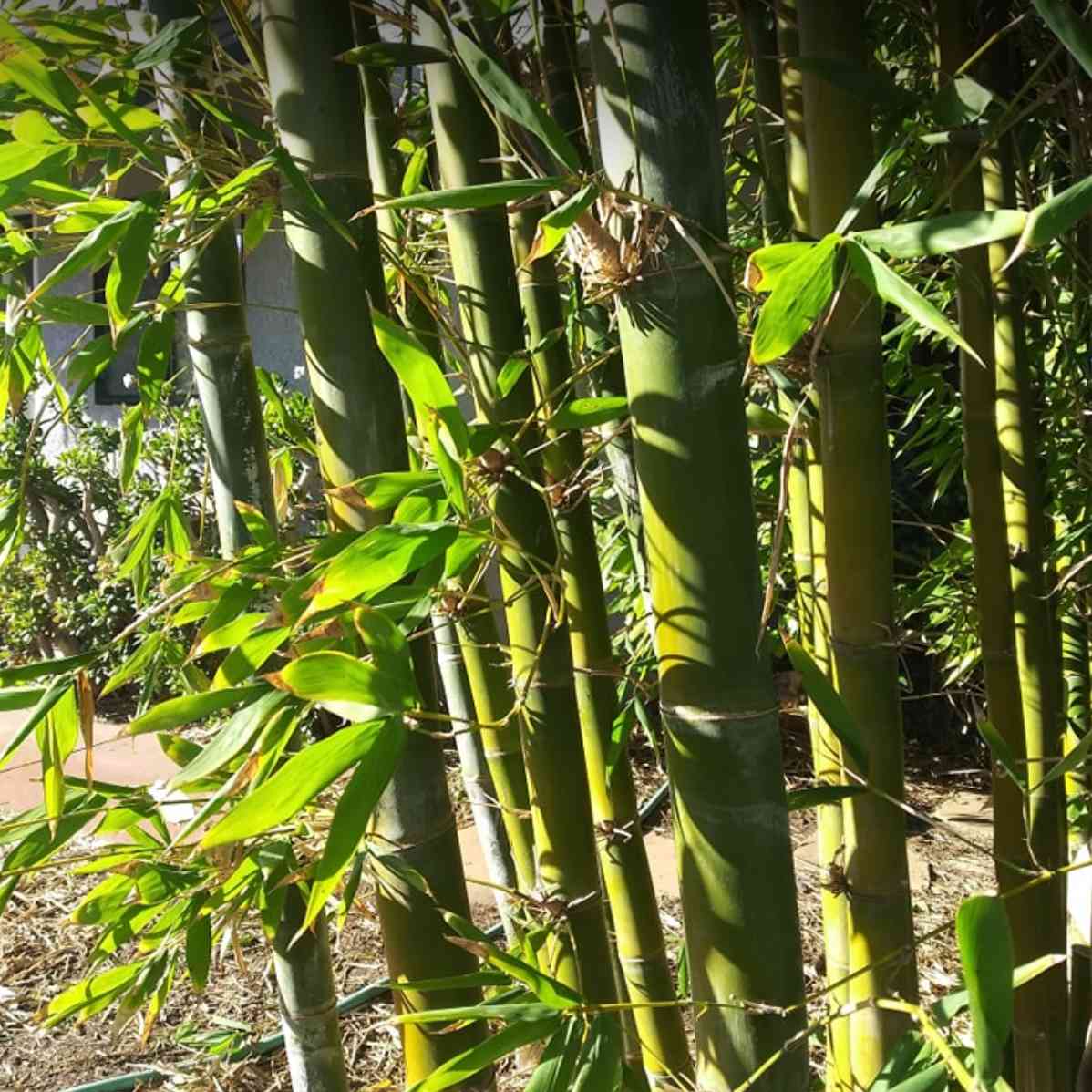
Genus Cathariostachys
C. madagascariensis: Known as the Madagascar giant bamboo, it’s something of a novelty outside of its native island, where it prefers higher elevations (3000-3500 feet). Sadly, slash and burn agriculture on Madagascar has been detrimental to this exotic genus of bamboo, and to the golden bamboo lemurs who rely on it for food.
Genus Dendrocalamus
D. asper: Native to the tropic and subtropic regions of India and Southeast Asia, Dendrocalamus includes several species with gigantic stature, widely used for building and construction. Most members of this clumping genus can grow up to 50 or 60 feet tall with mature culms of 3-5 inches in diameter. D. asper, which grows throughout Indonesia, Southeast Asia and the Philippines, may be the most economically important species. It is used for making everything from houses and bridges to housewares and musical instruments. Its young shoots can also be the source of a nutritious meal.
D. giganteus: A popular ornamental species if you live someplace warm enough, like S. Florida. Huge upright culms have a dark green hue and a most impressive aspect. Before the discovery of D. sinicus, botanists believed this was the biggest bamboo of all, growing as much as 100 feet tall and a whopping 12 inches in diameter.
D. sinicus: Native to Laos and the Yunnan Province of southwest China, this is the largest and tallest bamboo species of them all. The largest known specimen was 151 feet tall and 14.5 inches thick. Its limited distribution makes this species less renowned than the famous D. giganteus, but it actually grows even larger.
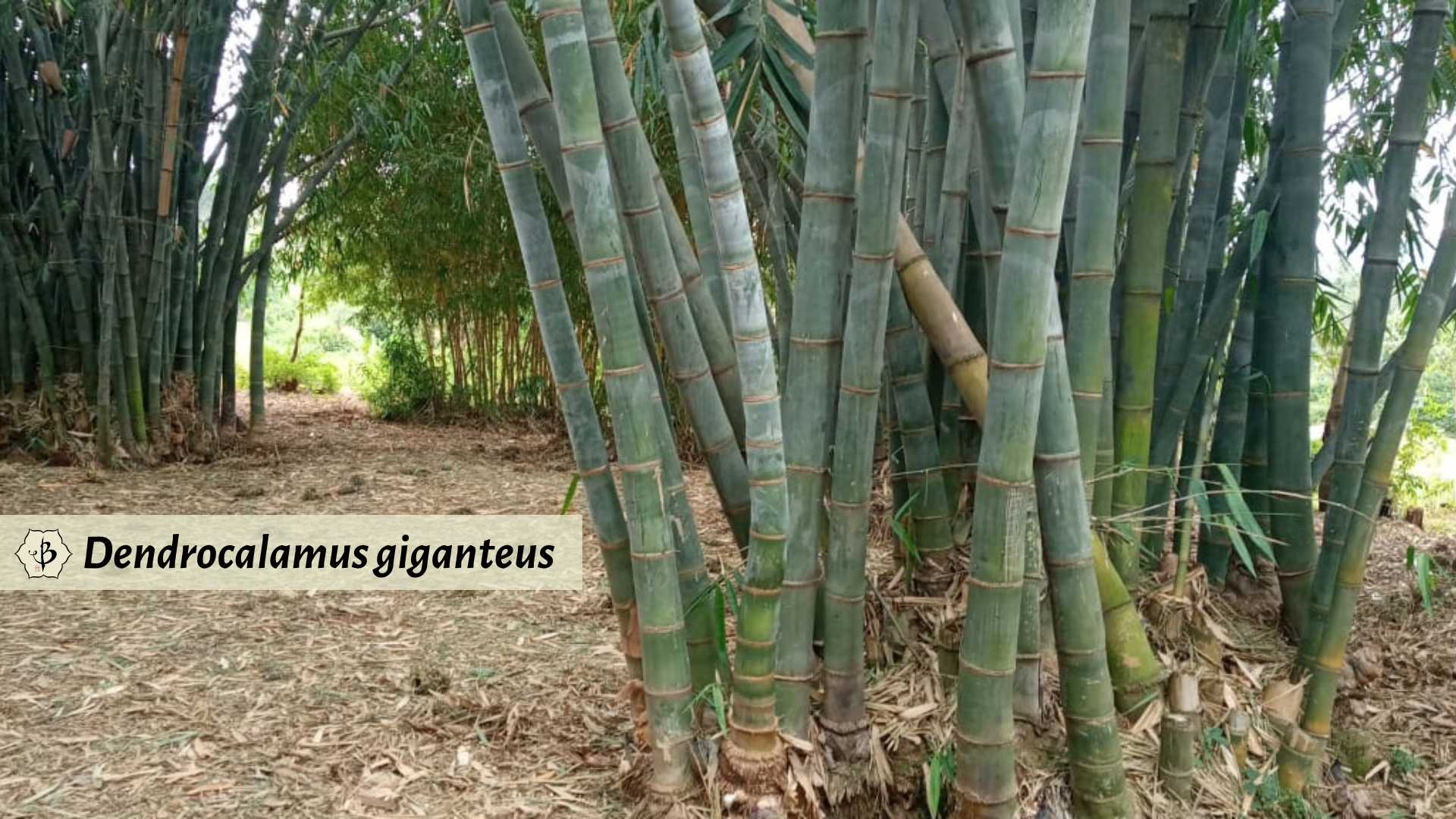
Genus Gigantochloa
As the name suggests, this genus of clumping bamboos from tropical Asia contains a number of gigantic species. Some of the more common varieties are G. atter (also called black bamboo or giant atter) and G. atroviolacea. These varieties are seldom grown outside of Asia, but collectors in tropical areas (zones like 9a, 9b or higher) definitely appreciate them.
Genus Guadua
G. angustifolia: This neotropical genus includes the largest and most important species of bamboo in the New World. Native to Central and South America, they have long provided a vital resource for building material. G. angustifolia, most prolific in Colombia and Venezuela, especially in the Amazon and Orinoco basins, is among the largest, and by far the most cultivated species. Massive culms can exceed 100 feet in height, with a diameter of 5-6 inches. These plants are difficult to grow outside of their mountainous, equatorial homeland.
Genus Phyllostachys
P. bambusoides: Giant Japanese timber bamboo, also known as Madake. Smooth, beautiful culms can get 50-70 feet tall, depending on conditions, with a culm diameter of up to 5″. Yes, they’re runners, but not terribly aggressive. Slower growing than other members of the genus, but among the most impressive in size. They make terrific privacy screens, even if you live in a three-story house! Cold hardy down to 0º F, but they grow larger in warmer climates. They can grow in zones 6-9, but do best in zones 7 and 8.
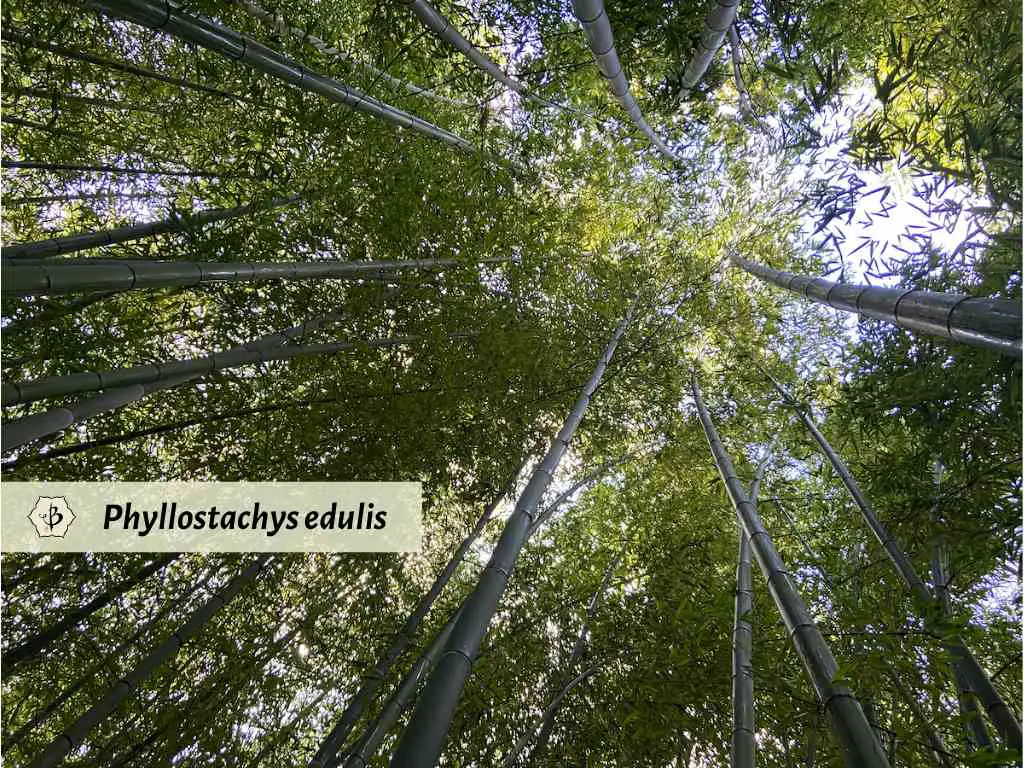
P. edulis, or Moso Bamboo: Perhaps the most economically important bamboo species in the world, Moso is the source of raw material for all bamboo textiles, bamboo flooring and laminated bamboo kitchen wares. In its native China, this gigantic variety can exceed 100 feet in height. But outside of Asia it does not grow quite as tall. Moso does well in zones 7 and 8, in the American South, but it’s not as hardy and adaptable as P. bambusoides. As the name implies, P. edulis is also popular for eating. The young, tender shoots, when properly prepared, provide a great snack and a crunchy addition to your curry.
P. nigra ‘Henon’: Giant Gray, as it’s known, is a cultivar and possibly the original species of Black Bamboo. Unlike the common Ph. nigra, this variety has beautiful, towering, greenish-gray culms that can get up to 50 or 60 feet tall and more than 4 inches thick. It’s especially popular on the West Coast, where it does a lot better than Moso or Madake. Cold hardy to -5º or -10º F. (The standard P. nigra, with its black culms, is extremely popular as an ornamental, growing only 2-30 feet tall and about 2-2.5 inches in diameter.)
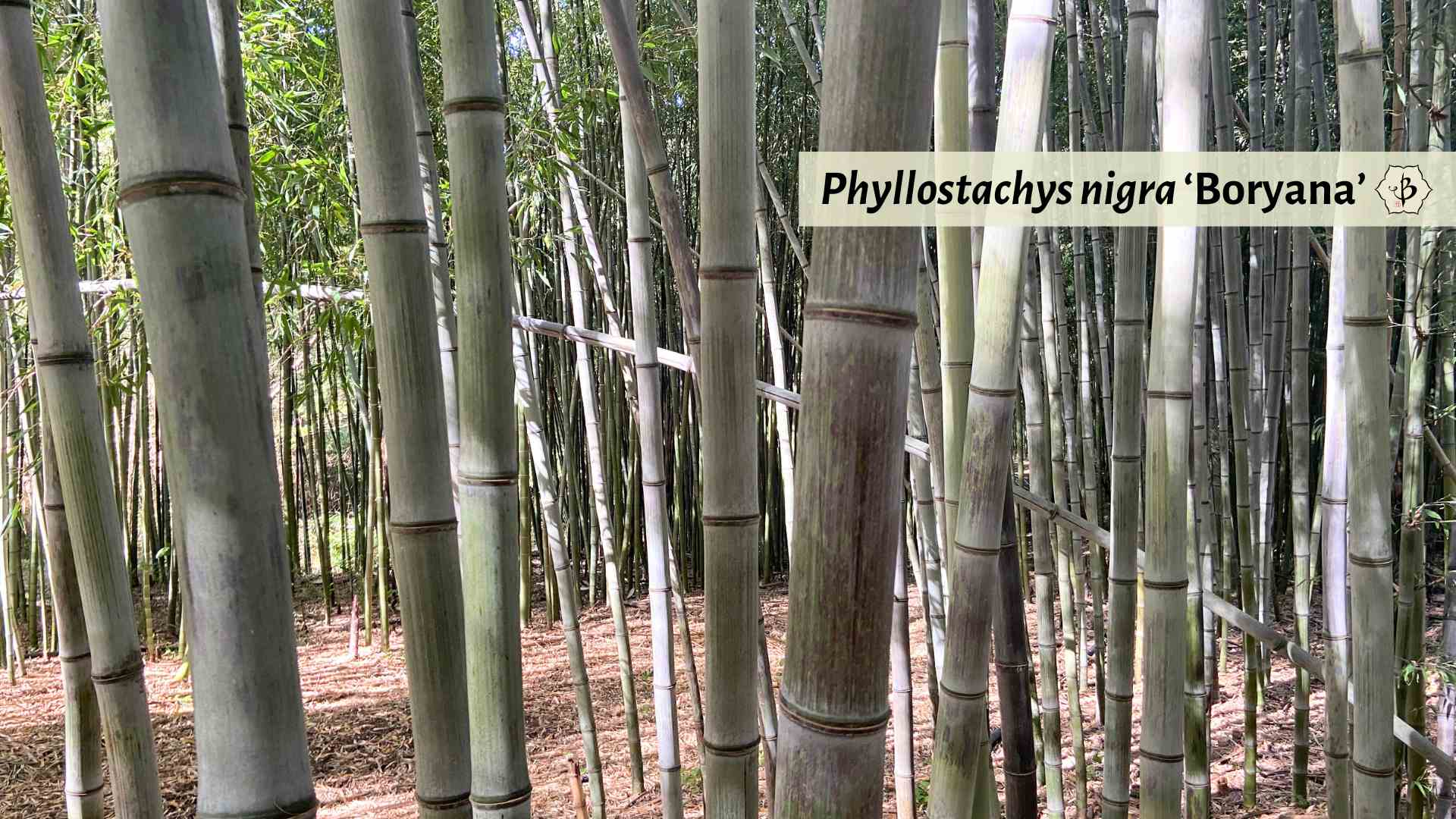
Further Reading
If you’d like to learn more about growing and using bamboo, take a look at some of our most popular articles.
- Growing Bamboo: The complete how-to guide
- Best bamboo varieties for your garden
- Tropical bamboo for Florida and the South
- Watering your bamboo
- Fertilizing your bamboo
- Pruning your bamboo
- Bamboo anatomy: 9 parts of the bamboo plant
FEATURED PHOTO: Giant Asper bamboo grows wild in Thailand. Photo by Fred Hornaday.
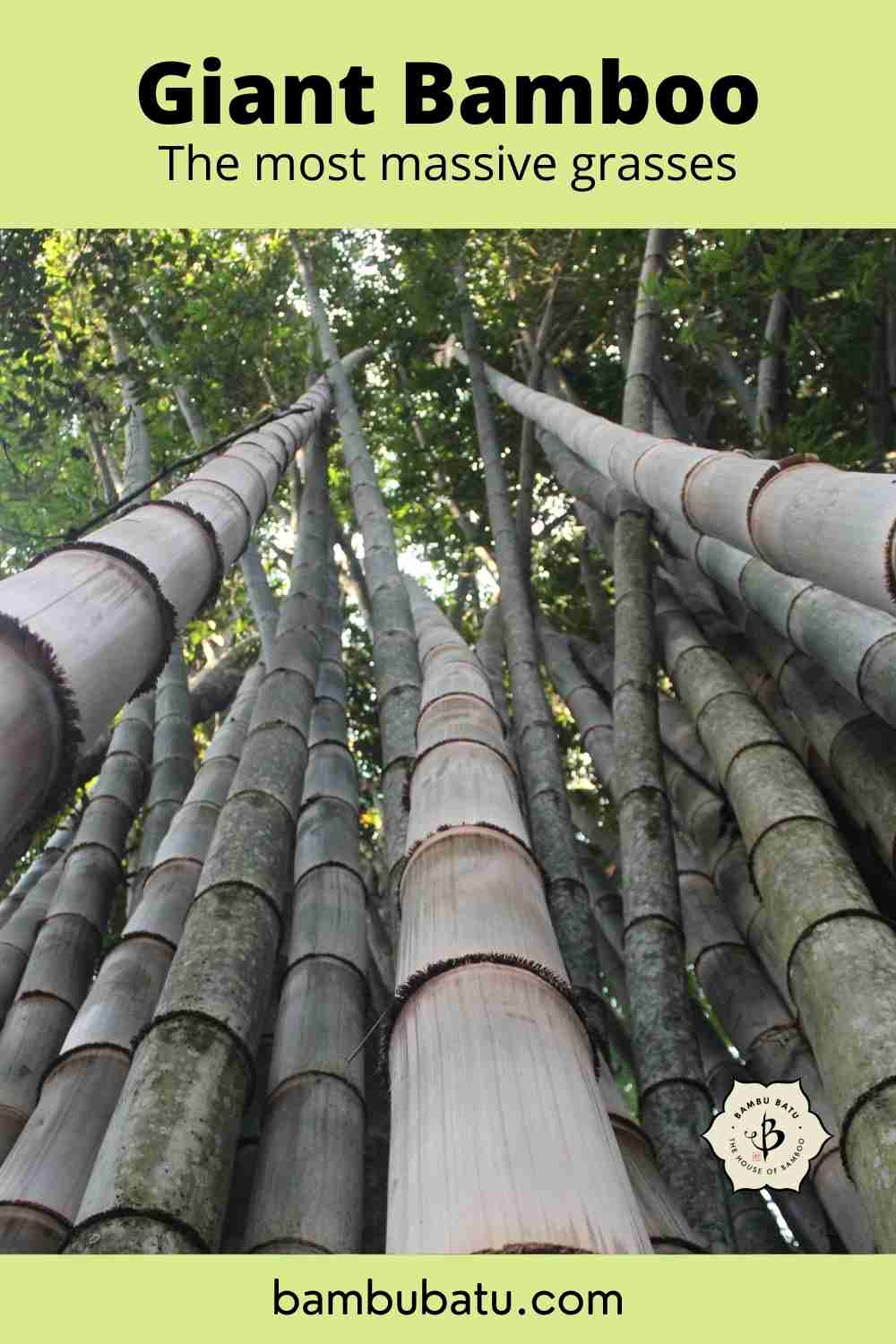

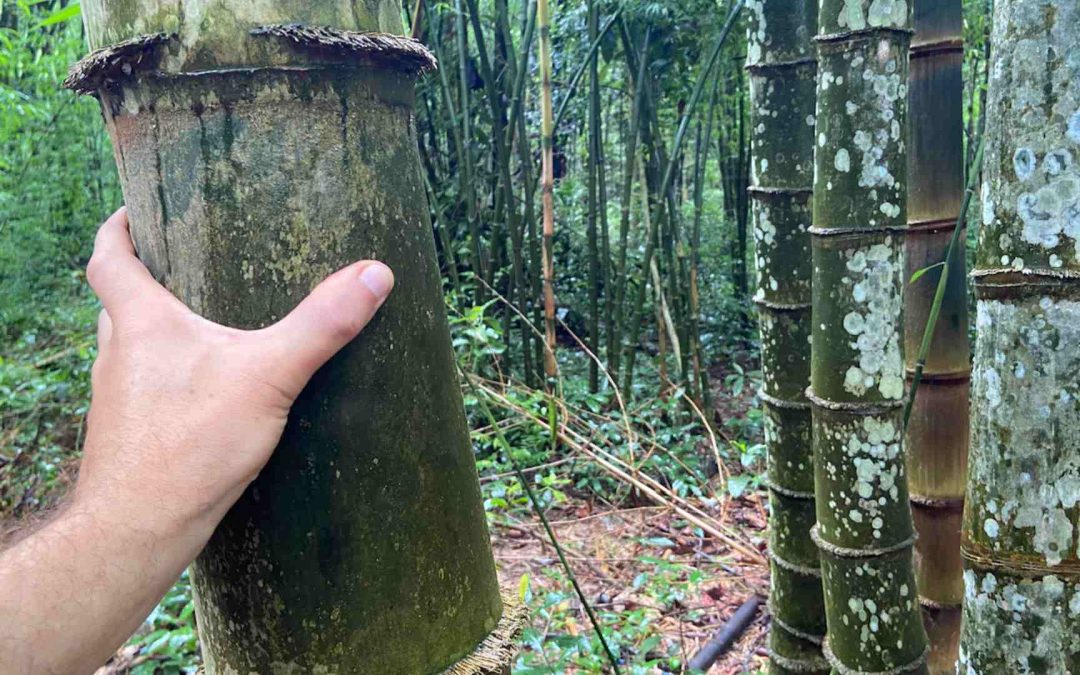
























Hi my name roger
i’am interisting of the SINICUS bamboo looking for seeds .
Thank
Best regard roger
Hi Roger, There is only one reliable source that I know of. I will email you a price list.